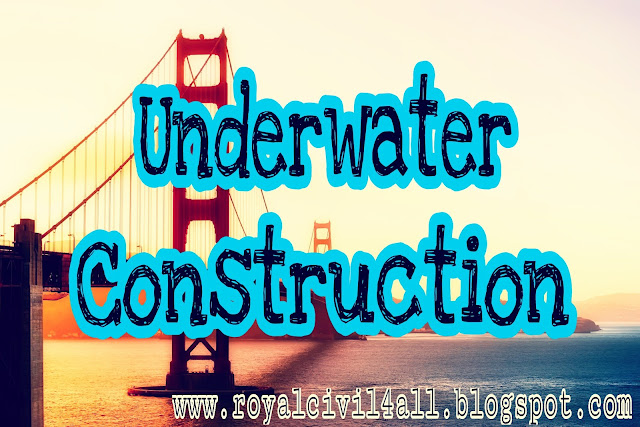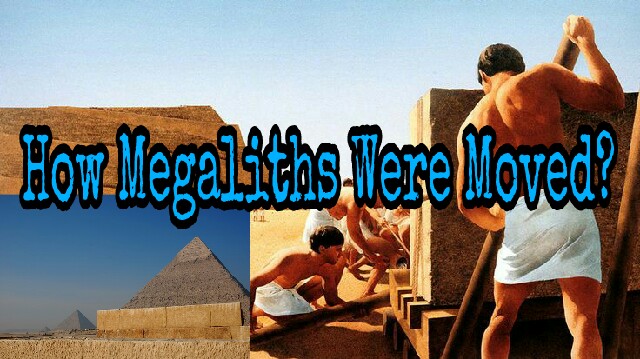IS CONCRETE A GOOD CHOICE?
So far we have seen one face of concrete that is concrete as a good choice of building material.In this post, we are going to know about the other side too... The substance that is consumed mostly on the earth after water is concrete.Yet, like any other material it too have some disadvantages...
So we are going to deal with some such interesting facts about concrete in this post.
Before jumping into our topic... Let me have some questions for you ...
1. Which is the most used building material in the world?
2. Which contributes to the production of the major amount of co2 a green house gas?
If your answer to the first question is concrete and you are unaware of the answer for the second one, then you'll be surely surprised to hear that it too gets the same answer.
Some of the main areas that are to be discussed while dealing with impacts of concrete are stated below.
Concrete -a CO2 contributor!
 |
| carbon dioxide |
Concrete plays a major role in the production of CO2 (a green house gas).This is due to one of the main constituent in the concrete that is cement.
- Cement production industries stand in 3rd place among the CO2 gas producers in the world.
- And 5% of the overall CO2 produced worldwide is due to the cement production.
- And hence the CO2 emission from the concrete production is directly proportional the total amount of cement used in the concrete mix.
How is CO2 produced in cement production?
Usually, production of CO2 in concrete or cement industry is done two ways.We should rather say it as CO2 emission from cement industry rather than production of CO2 :D
1.Due to combustion mechanism:
In order to drive the cement making process we need to provide some fuel for the generation of heat and this is actually done with the help of fossil fuels like coal which on burning would produce CO2.
2.Due to thermal Decomposition:
In the process of producing cement clinkers, thermal decomposition of calcium carbonate is carried out.And this thermal decomposition of CaCO3 would result in the production of CO2.
- CaCO3 + heat ------->CaO + CO2
i.e, limestone on thermal decomposition gives lime and carbondioxide.
In the production of Ordinary Portland Cement (OPC) the emission of CO2 occurs as follows,
- 5CaCO3 + 2SiO2 -------->(3CaO,SiO2)(2CaOSiO2) + 5CO2
In numbers:
1.Production of 1 tonne of cement would produce nearly 1 tonne of CO2(0.95 tonnes).
i.e off the 0.95 tonnes of CO2, 0.55 tonnes is chemical CO2 and the other 0.40 tonnes is produced by the combustion of carbon fuel.
2.The amount of CO2 produced from cement and concrete industries is 8 times higher than that is produced from metallurgical industries.
Some other emissions:
- Some other pollutants are nitrogen oxide emissions (NOx), sulphur dioxides, sulphur trioxide, sulphuric acid etc., but these depend on the fuel type used for combustion.
- Carbon oxides, poly chlorinated dibenzo-p-dioxins, dibenzo furans, HF, HCl are also emitted under various cases.Off the all dust is the most visible particulate.
- About for every 1 tonne of cement production, 360 pounds of total particulate is emitted.
This emission is high during handling of raw materials, grinding,clinkering, packaging and loading of cement and even at the time of transporting.
And a large amount of dust is emitted during the demolition of concrete structures.
Concrete -Soil Erosion:
These are two different topics that are usually discussed in general.But here in this context, the former is some how responsible for the latter i.e., impervious concrete surfaces are responsible for the soil erosion and thus leads to all problems that are consequences of soil erosion.
- Whenever water runs off the impervious concrete surfaces it causes severe soil erosion.Where as the flexible type of concrete guards against the erosion of soil by allowing the water to pass through it and also due to its wave action.
Urban Heat Island Effect (UHI Effect):
 Before discussing the causes, let us know what this urban heat island exactly is.
Before discussing the causes, let us know what this urban heat island exactly is.
The urban area which is warmer than its surrounding areas is considered as urban heat island.
Now, what is this urban heat island effect is?
- The difference between daily maximum and minimum temperatures of day and night times respectively is steadily decreased or declined, this phenomenon is called as urban heat island effect.
So our next question is 'how is this UHI Effect is related to concrete?'
- As we all know that trees, shrubs and all these vegetation absorbs the heat and cools the land but when this vegetation is replaced by concrete and asphalt materials, these materials instead of cooling the day's heat, they intensifies the heat.This is what that happens in the urban areas where most of the vegetation is replaced by the concrete structures.
- Vehicular heat adds up to these urban heat and thus the overall surface temperature is increased.Since the global warming is the gradual rise in the earth's surface temperature, this UHI effect acts as a direct cause of global warming and this concrete as an indirect cause of the global warming.
Health Issues:
Dust during the demolition of concrete structures causes severe health problems.And some other health issues due to concrete are...
Radioactive concrete:
Depending on the sources of raw materials used in the concrete, there are chances of presence of various natural radioactive materials(U, Th..) and thereby causing severe health issues, when such concrete is used for dwellings.
Incidents in relation:
1.FUKUSHIMA (JAPAN):
In Fukushima, radioactive concrete ended up in a new apartment complex.This is because gravel used in the concrete is brought from a quarry in the town of Namie which is located just a few miles away from Fukushima plant.
Concrete Burns:
Concrete burns are a routine problem that is faced by many of pre casters at the end of day's work with concrete.
- The cement which is used in concrete when in dry state contains calcium oxide which is not so dangerous but when cement is in the wet state it contains calcium hydroxide which is highly alkaline in nature with a pH of 12 to 13, where as normal pH range of skin is 5.5.
So direct contact with wet concrete or cement without any protective guard would result in caustic skin burns and many other serious health issues.
- Since wet concrete is hygroscopic in nature, it absorbs the moisture from the skin during its direct contact.
Some remedies for all the above problems:
- 1% replacement of cement with fly ash represents a 0.7% reduction in energy consumption.
- Blending of Portland cement with some industrial by products and reabsorption of atmospheric CO2 during carbonation of concrete would act as CO2 emission mitigation strategies.
- Usage of green roofs, white roofs and lighter coloured concrete in urban areas would reflect the heat instead of absorbing heat.
Despite these problems with concrete, it is going to be used as a building material even in the future until we find an alternate building material that overcomes all these problems. :D
That's all for this post.
Signing off,
Yours UCY
THANK YOU.







Comments
Post a Comment